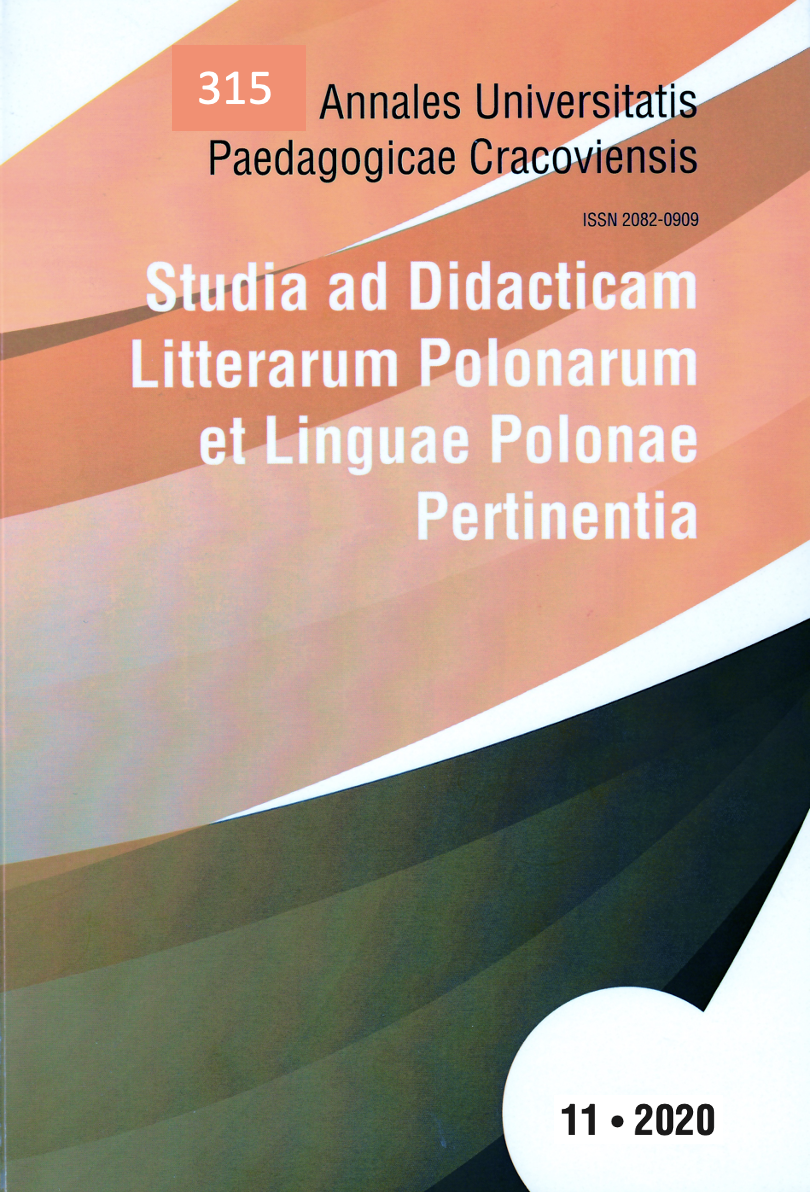Abstract
The paper, after a brief review of the definition of pragmatics and politeness, as one of its subject areas, points out the separate approaches in teaching pragmatics - the indirect and direct approach. An indirect approach is observed in our elementary and secondary school curricula. The main part of the paper presents the concept of teaching pragmatics and politeness within the subject of Forms of politeness in Serbian language, and in this place presents one of the ways of modeling the lessons we use in our teaching practice, which supports a direct approach in teaching pragmatics and politeness.
References
Коцевска Д.Н., Теоријски и методички приступ формама учтивог обраћања у на- стави српског језика, „Учење и настава“ 2016, 1.
Мијајловић А.Д., Форме учтивости у програмском концепту савремене наставе српског језика, „Philologia Mediana“ 2017, 9.
Милосављевић Б., Форме учтивости у српском језику, Београд 2007.
Речник српскохрватског књижевног и народног језика, САНУ, Београд 1959.
Стојановић Б.Д., Мишић Д.Б., Настaвни предмети у програмима педагошких (учи- тељских) факултета у Србији у функцији развијања комуникативних језичких компетенција будућих учитеља - преглед и анализа, „Иновације у настави“ 2018, XXXI, (3).
Bahtin M.M., Problem govornih žanrova, Treći program Radio Beograda IV, 1980. Bau-Frannch P., Garcés-Conejos P., Teaching linguistic politeness: A methodological
proposal, IRAL 41, 2003.
Brown P., Levinson S., Politeness. Some universals in language, Cambridge University Press, 1987.
Ivić M., Pravci u lingvistici, 1, Beograd 2001.
Levinson S., Pragmatics, Cambridge University Press, 1983. Morris Ch., Foundations of the Theory of Signs, Chicago 1938. Radovanović, М. Sociolingvistika, Beograd 1979.
Yule, G., Pragmatics, Oxford 1996.

